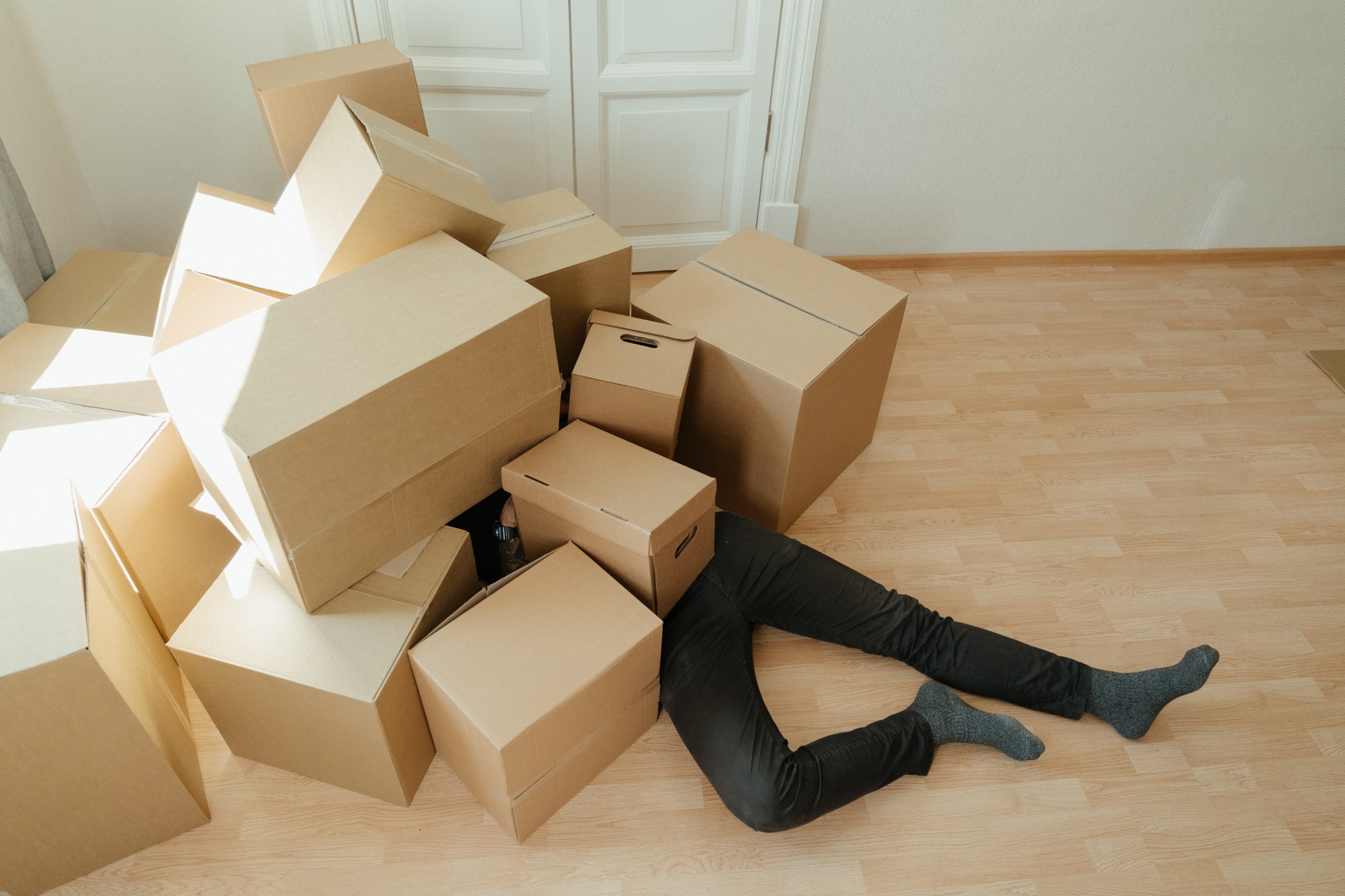Lithium batteries are small devices with large power. Used in laptops, smartphones, electric vehicles, and medical devices, they connect our world and help save lives. But they are also classified as dangerous goods and require careful handling and transportation. In this post, I give you 4 tips on how to ship lithium batteries safely.
Why lithium batteries are dangerous goods

Lithium batteries are classified as dangerous goods. Dangerous goods contain hazardous substances that can harm humans, living organisms, or the environment. Lithium batteries use lithium as an anode and have a high energy density. They are generally safe and unlikely to fail as long as they are functioning correctly.
However, if defective or damaged, there is a high risk the batteries will short-circuit, spark a fire, and even explode. This is why it is so important lithium batteries are well protected during transport and shipped according to regulations.
Your responsibility as a shipper
Thousands of lithium battery shipments are stopped daily at airports around the world. Sometimes, shippers are not fully aware of the properties of lithium batteries and their classification. But most of the times, the complexity of the regulations is the obstacle.
It is your responsibility as a shipper to ensure lithium batteries are packed and shipped safely. You need to follow regulations, guidelines, and appropriate precautions when preparing the batteries for transportation. If not, there is a risk that your shipment will be stopped, or that you will have to pay fines. You could also become prohibited from shipping in the future, or, worst case, your goods could cause a fire or other disastrous situation.
To mitigate these risks, here are 4 tips on how to ship your lithium batteries safely.
1. Have your documents available in time
Before lithium batteries can be transported in the first place, they must have successfully passed certain tests to ensure they are not defective. These tests simulate transport conditions like pressure, temperature, crush, and impact. Make sure you have your test summary available as specified in the UN Manual of Tests and Criteria, or your shipment may be stopped.
You may also need to have other documents and certificates in place prior to shipping. For example, your shipping company may ask you to sign a Dangerous Goods Contract, or the airline may require a Material Safety Data Sheet or a UN38.3 report before they accept your shipment. These types of documents often take time to process, so make sure you prepare well in time.
2. Get your head around the regulations – or get help
There are a number of regulations by global organizations such as the UN, IATA, IMO, and OTIF as well as international organizations for transporting dangerous goods. Regulations differ depending on what type of lithium battery you are shipping; lithium-ion or lithium metal, whether you are shipping batteries stand-alone, contained in equipment, or packed with equipment, and the mode of transport. Examples of these regulations are IATA PI 965-970 or the IMDG Special Provision 230, 348, and 384.
Regulations are especially strict when it comes to air freight. For example: Stand-alone batteries are prohibited as cargo on passenger airplanes. Unless you have a special permit, they must be shipped by cargo airplanes. The airlines might also have further restrictions.

Stand-alone lithium-ion batteries can only be shipped by air with a state of charge of 30% or less. Also, damaged, defective, or recalled lithium batteries are forbidden to transport by air unless you have a specific permit from the national authority and airline.
All these regulations can be quite overwhelming. Therefore, make sure to really get your head around the regulations – or take help from someone. Just remember to choose wisely and make sure they have the knowledge required to ship lithium batteries safely – from documentation, packaging, and labelling to shipping and transportation.
3. Pack your lithium batteries correctly
One of the main reasons for lithium batteries getting damaged during transport is not using the right packaging. To prevent short-circuiting or activation, all lithium batteries must be packed according to regulations. You need to:
- Ensure no batteries can come in contact with other batteries, conductive surfaces, or metal objects.
- Protect batteries, terminals, and switches by using caps and fully-enclosed inner packaging.
- Cushion stand-alone batteries or pad the equipment containing batteries inside the package
- If necessary, use specialized packaging such as thermal heat protection or vents to ensure safety.
If you choose to outsource the packaging of your lithium batteries, make sure you use someone with a HazMat (Hazardous Material) certification.
4. Use the right labels for your lithium batteries
When shipping lithium batteries, you are required to use the right labels. Depending on the type of battery, size, and how they are packed, you need different labels. Sometimes, shipping companies also have specific requirements for different modes of transport. As today’s freight is often multimodal, check this with your shipping company to make sure your shipment will be compliant all the way during transport.

There are mainly three labels you may need for your lithium battery shipment. The first one is the Lithium Battery Class 9 Hazard Label for dangerous goods. This label is required for all fully regulated lithium battery shipments. The second is the Lithium Battery Label that includes a UN identification number and a phone number for additional information about the shipment. You may also need to have the size (power rating) of the batteries on this label. The third is the Cargo Aircraft Only Label. This label must be applied if you ship lithium-ion batteries by air that are not contained or packed with equipment.
Do you need help with shipping lithium batteries?
Hopefully, this blog post sorted out a few of your questions about how to ship lithium batteries safely. However, if you need help, we are here to assist you. We have been handling many different types of dangerous goods shipments over the years and have everything required to prepare your goods, complete your documents, and confirm all the details before shipping. Just let us know.
For more tips and useful information about shipping, visit our blog.




